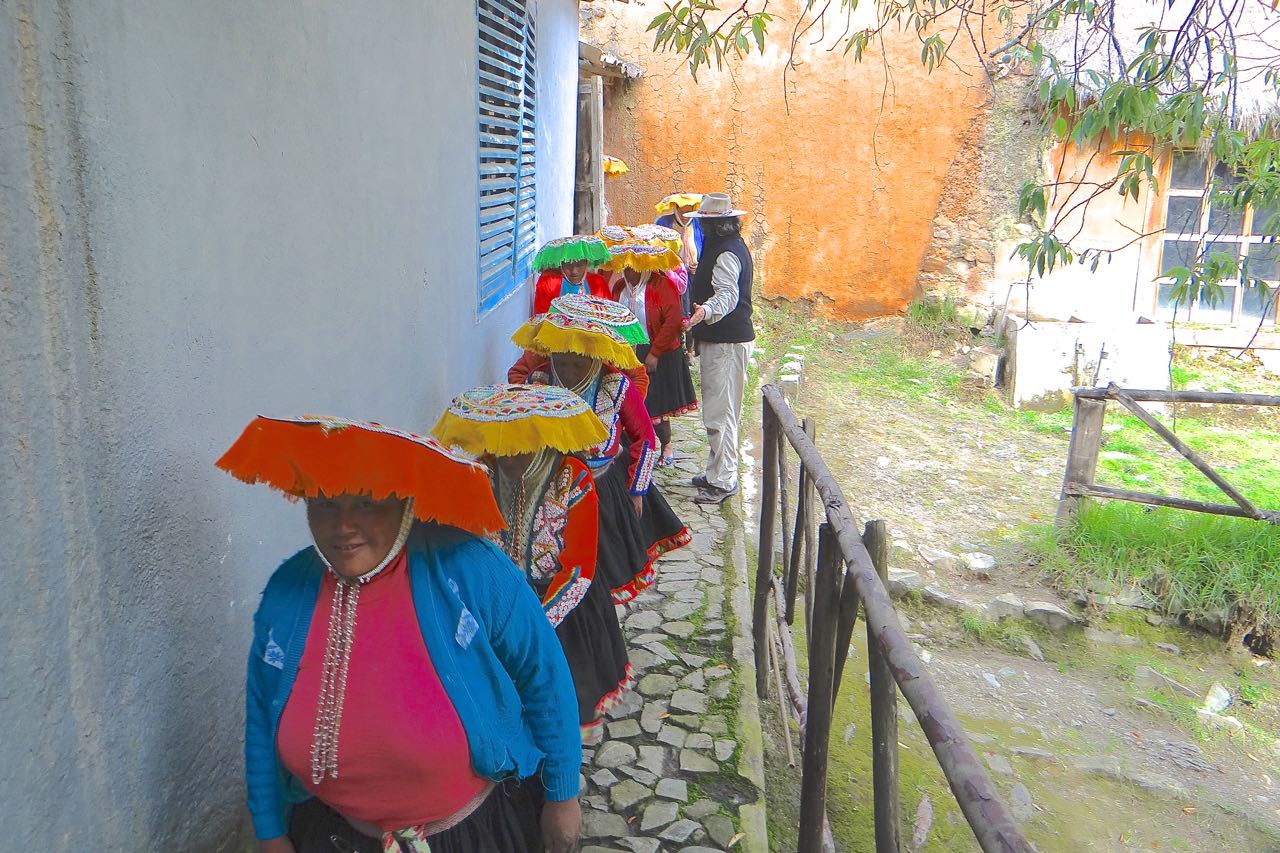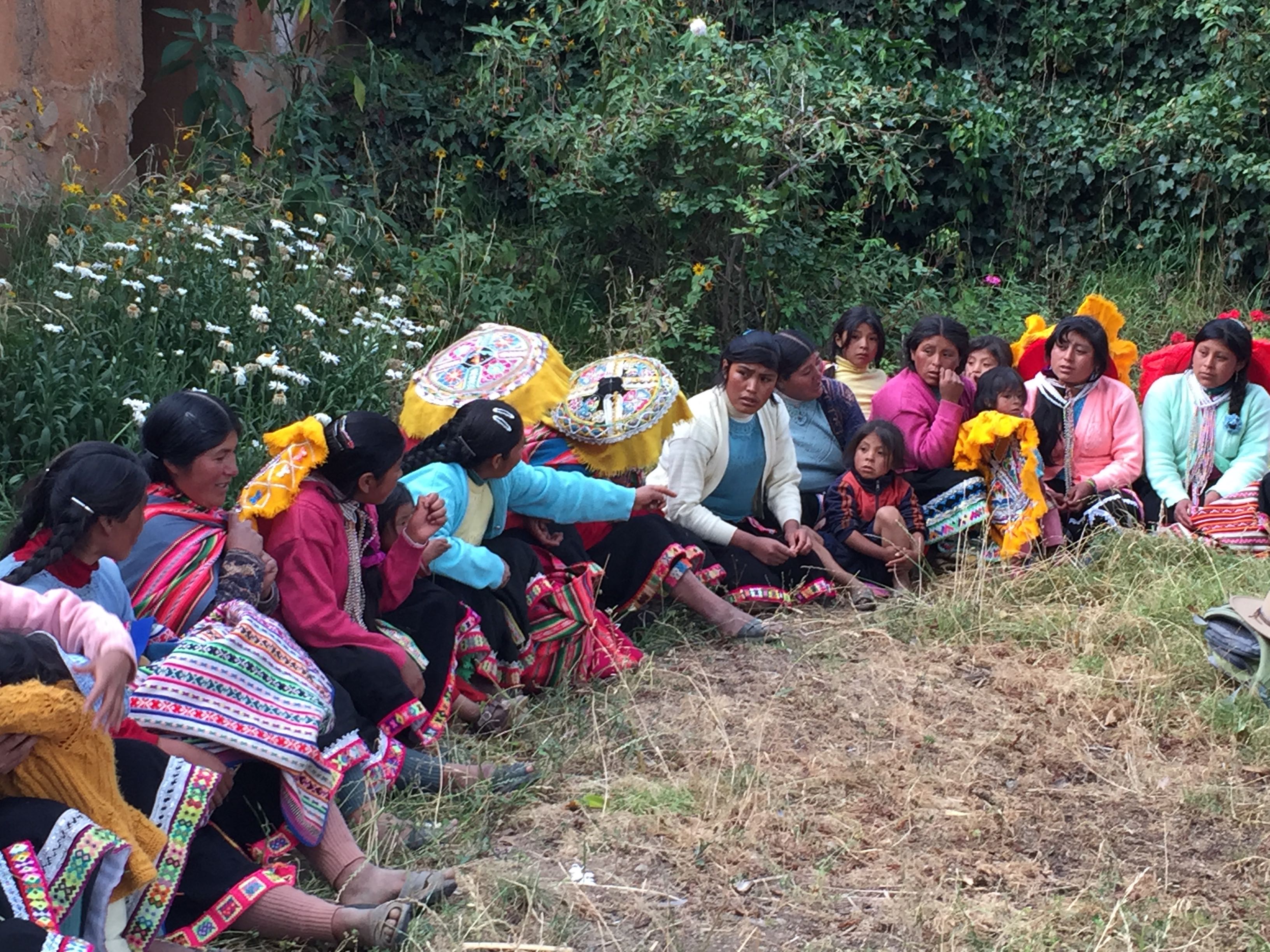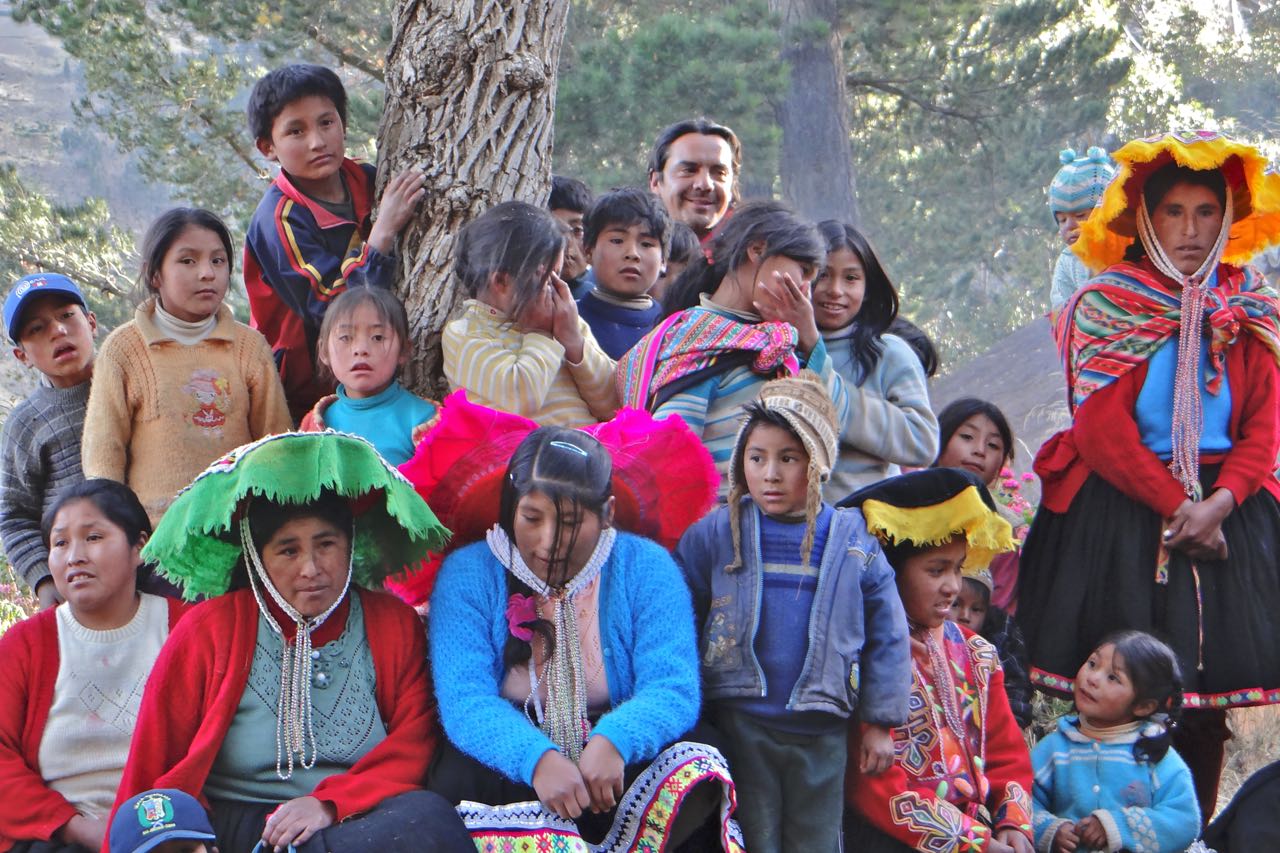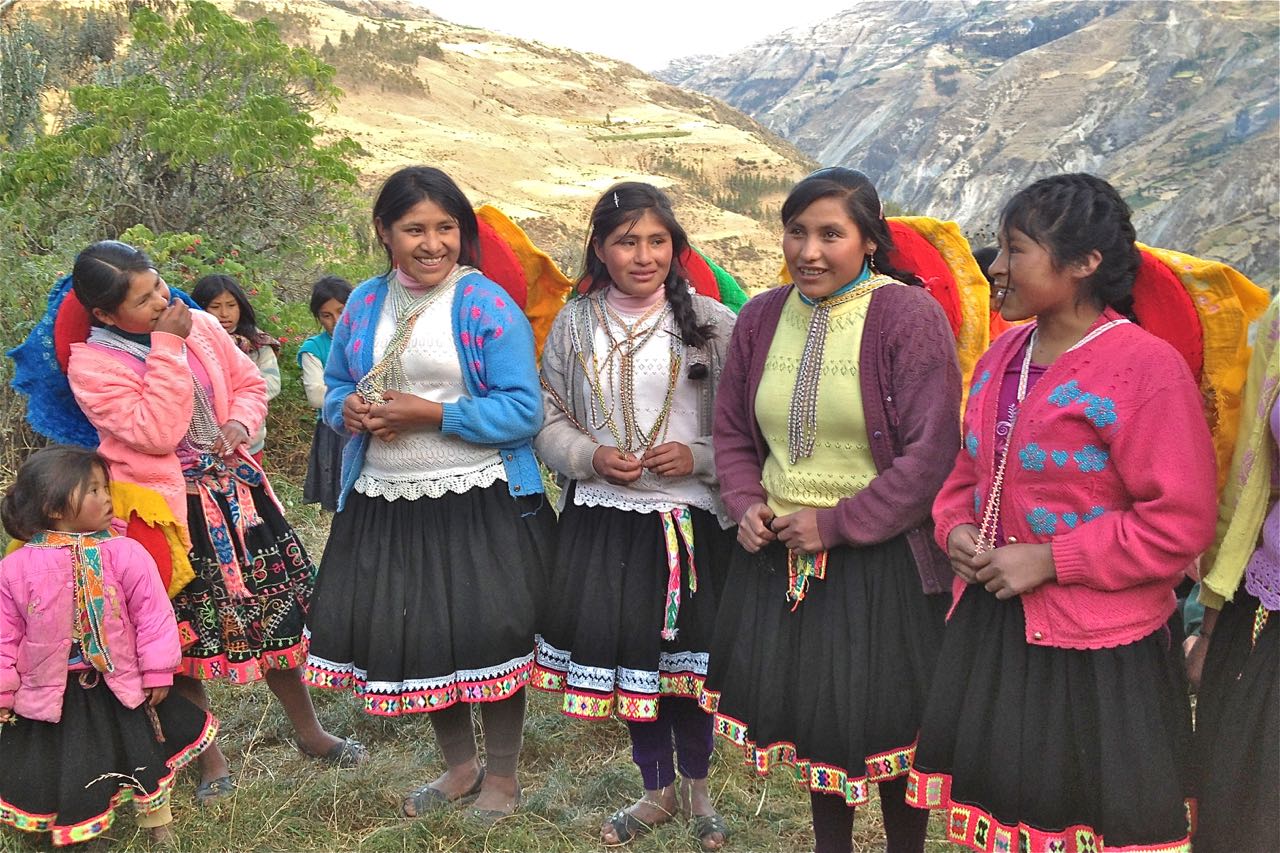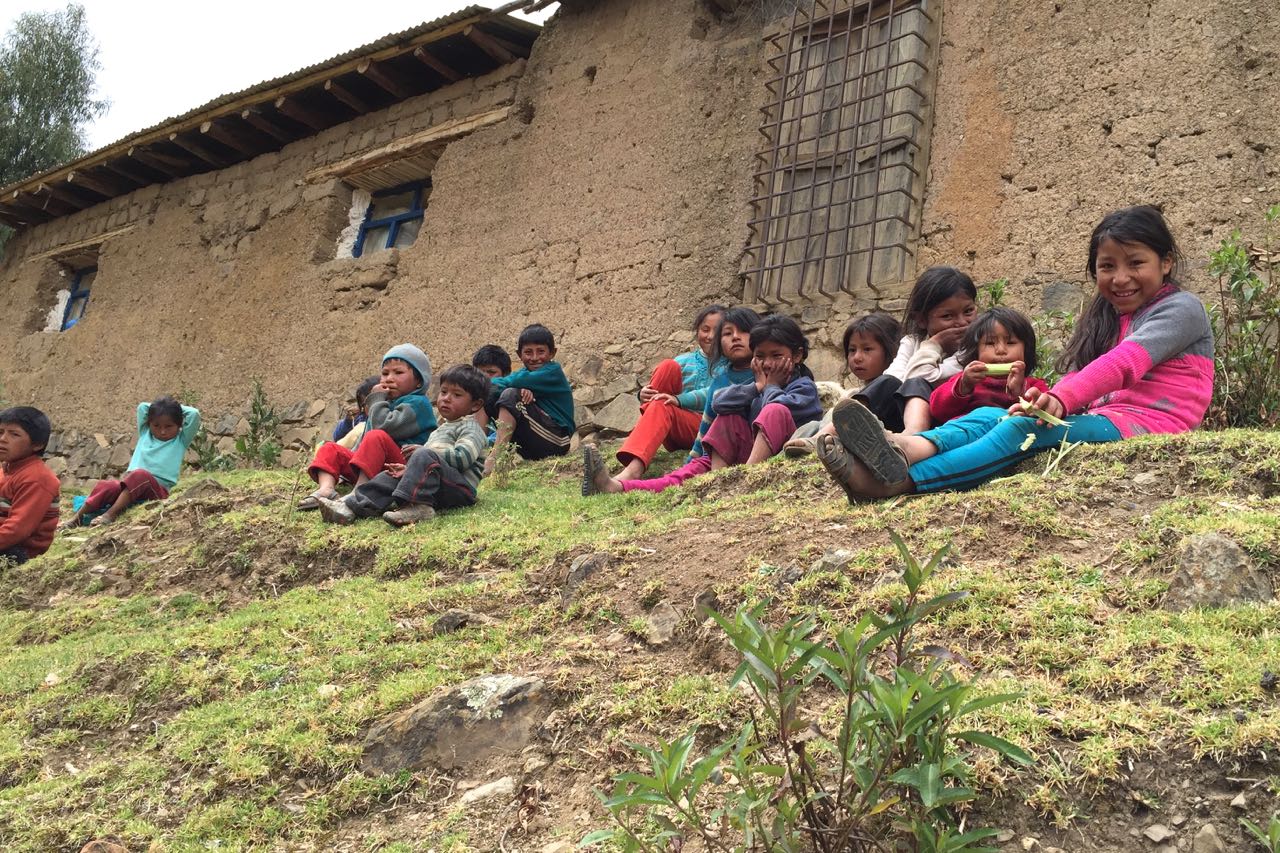Glossary: first draft posted on Aug. 28, 2016. I plan to refine the definitions, add more links, and add more terms as time passes. Many of the terms appear in multiple posts, I provide links to posts that are a good place to start if you would like more information on the term.
alto mesayoq: paq’os who have dedicate their lives to service to an Apu. See also pampa mesayoq and the post Alto Mesayoq.
apocheta: literally a cairn of stones on the shoulder of an Apu, metaphorically a doorway into another energy (for example when you come around a curve on a mountain road and there, suddenly, are the plains stretching out as far as you can see).
Apu: a great spiritual Being who is a majestic mountain peak. See the post Andean Cosmovision: The Basics.
ayllu: a Quechua term not defined in the same way throughout the Peruvian Andes: in general it is a community defined by being kin, by being together geographically, or by sharing a common focus.
ayni: the principle of reciprocity. See the post ayni.
chakra: a small cultivated field (a daughter of Pachamama).
chullpa: a type of small stone tower found in the Andes; in some stories it is the home of the Machukuna (the ancient ones, the children of the moon).
despacho (Spanish origin): an offering, often made to the Pachamama or the Apus or some other Being of the Cosmos. See the post Giving Flowers to the Cosmos (and many other posts).
haywarisca: a Quechua term for a despacho of gratitude.
janaq pacha: one of the three levels of existence (along with the kay pacha and uju pacha), it is the consciousness found in the superior or upper world, and the future. See the post Pacha and the Three Worlds.
hucha: heavy, chaotic energy. See the post Hucha
kay pacha: one of the three levels of existence (along with the janaq pacha and uju pacha), it is the consciousness found in the surface world, where we live our lives, and the present time. See the post Pacha and the Three Worlds.
k’intu: a bouquet of three coca leaves, held at the fingertips. Your blow your filaments into the k’intu as part of a sacred ceremony.
llankay: one of the three centers of our Being (along with the munay and yachay). It is the center of our physical body and our ability to bring things into manifestation. The llankay is located a few finger breadths below the navel and a couple of inches inside the body. See the post The Three Centers of Being (Part 1)
Machukuna: the ancient ones (the children of the moon). See the post Fate of the Machukuna.
Mama Killa: the great feminine Being who is our moon. Also referred to as “The Mirror of the Shaman”.
Mama Tuta: the night, the void, the dark that holds the stars in her embrace. See the post Mama Tuta Danced
mesa (Spanish for “table”): a woven cloth that is used to carry sacred objects such as quyas. The mesa is spread out on a rock or on the ground to provide a platform upon which the sacred objects are arranged as part of a ceremony.
munay: one of the three centers of our Being (along with the llankay and yachay). It is where we can sense our connection with the Cosmos and feel the underlying vibrational frequency of the Cosmic filaments, which is love. The munay is located in the region of our heart. See the post The Three Centers of Being (Part 1)
pacha: a term that combines space, time, and consciousness.
pachacuti: a space/time/consciousness of monumental cosmic transformation. The term also refers to one of the Inca rulers, Pachakuti (Pachakuteq) Inca Yupanqui, who ushered in an era of great change.
Pachamama: the great Being who is our mother the planet Earth.
pampa mesayoq: paq’os who have dedicated their lives to service to the Pachamama.
paq’o: Andean mystic, shaman, healer, diviner. See the post Paqos: Shamans or Mystics?
phukuy: the act of gently blowing your filaments through a k’intu, usually with the intent of connecting your finest energies and those of the coca with the energies of the Pachamama, the Apus, and your community.
Q’ero: an isolated region in the high Andes of Peru and the people who live there.
q’uncha: an earth stove, a hollow mound of clay/earth with an opening on the side to feed the fire and holes on the top for pots to sit in. It is considered to be the heart of the wasitira.
q’uya: a stone with which you develop a special relationship.
Runakuna: quechua for “the people”, often used to refer to the indigenous people of the Andes who still live lives informed by the Andean Cosmovision. See the post Fate of the Machukuna.
salka: undomesticated energy. See the post Salka.
salka molino: don Gayle’s house in the Andes, the “mill of undomesticated energy”.
salka wasi: don Américo’s house in the Andes, the “house of undomesticated energy”.
Tai Tai Inti: the great masculine energy who is our sun. Also referred to as Inti Tai Tai. See the post Tai Tai Inti.
uju pacha: one of the three levels of reality (along with the kay pacha and janak pacha), it is the consciousness found in the lower or interior world, it is also the past. See the post Pacha and the Three Worlds.
yachay: one of the three centers of our Being (along with the munay and llankay). It is the center of the intellect from which our thoughts arise. It is located in the crown of our head. See the post The Three Centers of Being (Part 1)
yanantin: the complementarity of opposites. For example, the bringing together into harmony of male and female energy. See the posts Yin/Yang of the Andes and Warmi-Qhari (Woman-Man).
waiki: an affectionate way to refer to a fellow explorer of the Andean Cosmovision. It is an Anglicized version of a Quechua term for what a male calls his brother. Don Américo Yábar (a native quechua speaker), however, uses this term as an affectionate way to refer to people of both sexes. It has come to convey such a sense of acceptance and affection and that its use has become widespread among those who work with him.
wak’a: a sacred site.
warak’a: a woven sling used to throw stones, it also serves as a whip. See the post Remember to Wave your Waraka’s.
warmi-qhari: (literally woman-man) the fusion by marriage of two different but interdependent beings, female and male, with their complementary skills and interests, into a unified whole from which something greater than the sum of the parts emerges. See the post Warmi-Qhari (Woman-Man).
wasi: house.
wasitira: an adobe house (literally “house-earth”) formed out of the living Earth. An adobe house is an extension of the Pachamama, and thus people who live in a wasitira live inside the Pachamama herself.

